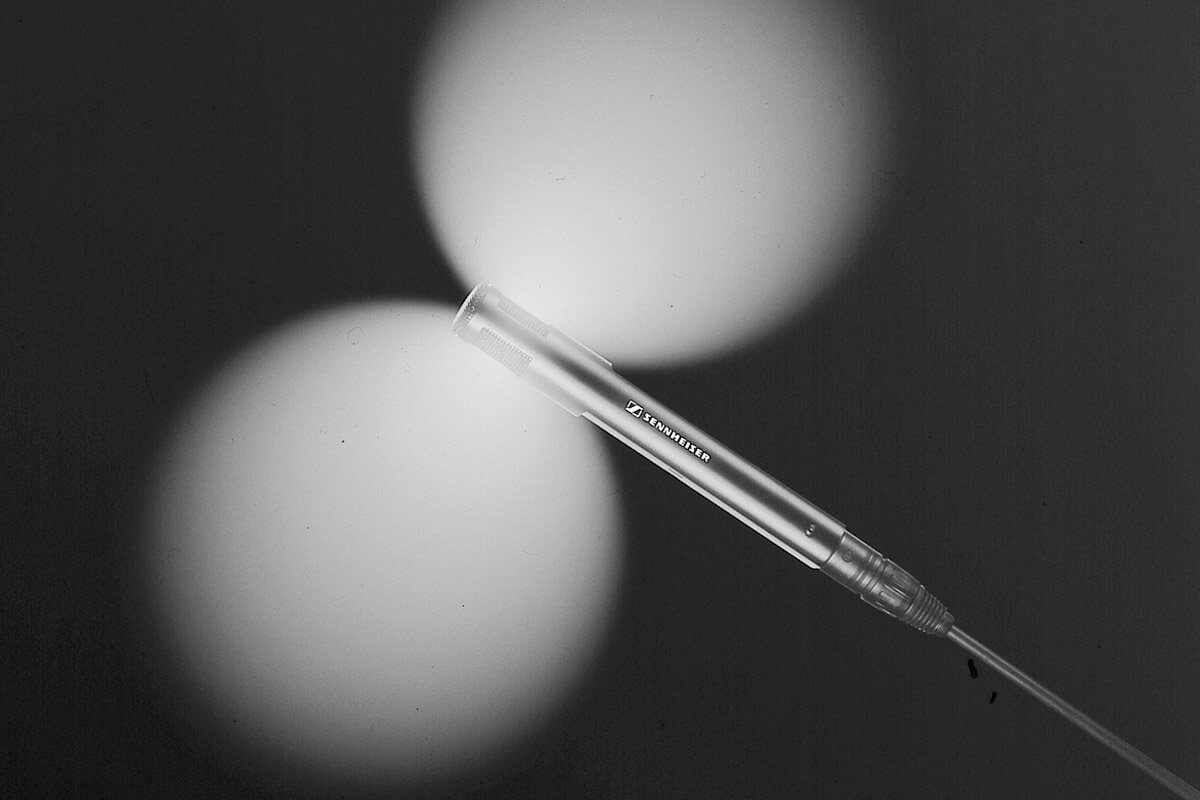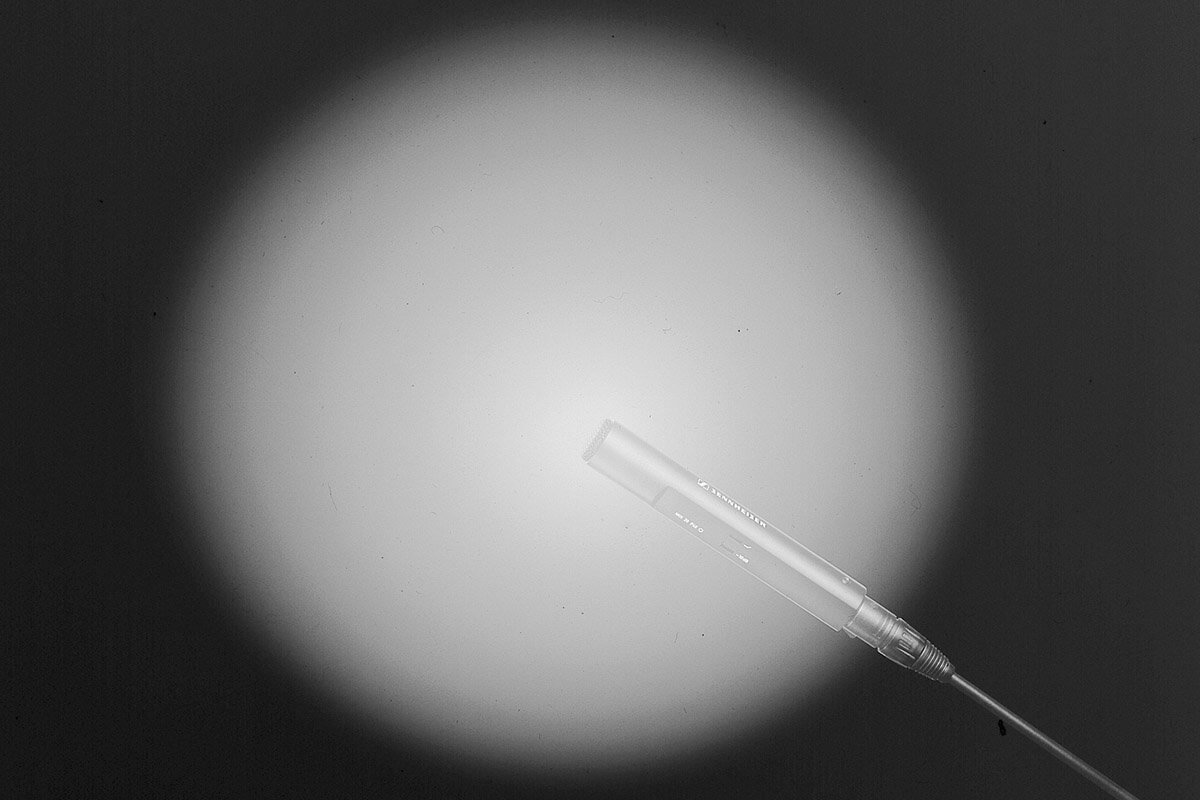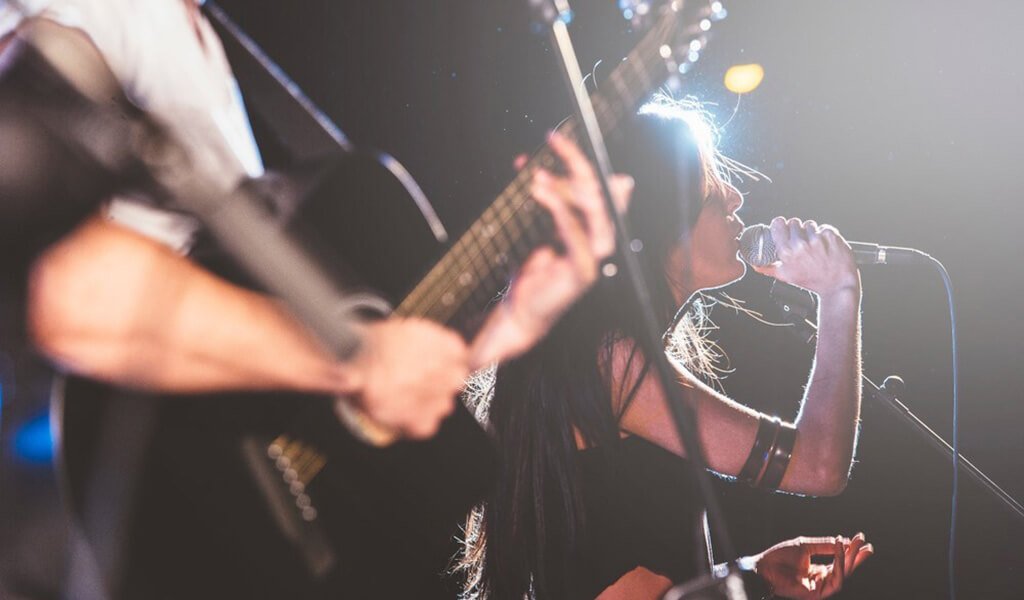Whether you’re a musician, a producer, a vlogger, or just an amateur videographer, a crucial part of the content you create is the sound. And to get a good sound, one thing you obviously need is a good recording system, i.e. a good mic.
Note that again, I’ve said a “Good”, not an “Expensive” mic. Because when it comes to microphones, to a certain extent, other aspects begin to make more impact on the sound quality other than just the price of the mic.
Yes, there are some brands that can be trusted just because of the brand name, and yes, they do cost a wee bit more than other brands. But there are brands that make budget microphones that are just as good as expensive ones, if not even better.
Here I’ll tell you about the whole spectrum of microphone qualities based on brand, model, specs, and of course, price.
Table of Contents
What Do Expensive Mics Provide?
These is a tough question because different sorts of microphones are designed for different purposes and each type has its own array of price ranges.
Since I am writing this for all sorts of users, I’ll try to give you a generalized overview by explaining the benefits that the mics of a certain price range provide for each category.
When it’s a unidirectional mic

Unidirectional mics, as you’ve probably guessed from the name, only pick up sound with high gain from a specific side or direction of the microphone. So, if you’re using a unidirectional mic, you’d have to speak into the correct side of the “Voice Side” of the mic to get a good gain in the recording.
Unidirectional mics have a polar plot frequency response that shows that the microphone has the highest gain when the sound source is directly in front of it, which is shown at the 0-degree reference point. At this 0-degree point, we can see the gain is 11dB.
Now, as the sound source is rotated so that it is at the sides, the gain of the microphone decreases because it is not as effective at picking up sounds from the sides. As the sound source gets rotated more to the sides toward the rear, the gain drops more and more.
Finally, from the rear, the microphone picks up the lowest gain, which in this case is about -28dB. This shows again that unidirectional microphones are most effective at picking up sounds from the front while it is much less effective at picking up sounds from the sides and rear.
You’ll get a decent unidirectional mic within 15 to 30 dollars. Shure and Boya are to brands that make excellent quality unidirectional dynamic microphones that are in budget.
When it’s a Bi-Directional Mic

Bidirectional microphones can reach both sides of the membrane of the capsule basing on the pressure gradient principle. Bidirectional microphones are capable of capturing sound signals coming from either side.
This means the polar pattern of a bidirectional mic forms a figure-8 structure when the admittance for the acoustical is the same at both sides of the diaphragm. These microphones are equally sensitive to two opposite directions, keeping in mind that the two lobes of the mic are oppositely phased.
The ideal bidirectional pattern has an acceptance angle of about 120° directly on-axis in the front and back. This means that, ideally, the sound will only start dropping off (by about 6 dB) once a sound source is 60° off-axis.
This is also where off-axis coloration begins to become apparent and the mic’s frequency response specification becomes compromised. Bidirectional mics are not that popular since understanding their frequency range and setting them up to suit your convenience is a bit complex.
You should be able to get a good bidirectional mic within 100-200 bucks.
When it’s an Omnidirectional Mic

The name ‘omnidirectional’ itself gives away the characteristics of the mic. They can capture sound frequencies coming from all directions of the capsule, at least, in theory.
In reality, no mic has a perfect 360-degree polar pattern. But that hardly ever affects their performance and functionality. Quite the opposite of directional microphones, omnidirectional mics have a circular pickup pattern that offers much more freedom and flexibility to the user while recording than directional microphones can.
These are excellent for conferences and choir singing sessions as everyone speaking/singing can gather round a single mic and sound equally loud and clear regardless of the angle.
A quality omnidirectional mic can actually be used as equipment with acoustic echo cancellation to help block out unwanted background noise like HVAC systems do.
Omnidirectional mics range from 100-200 dollars and can go up to a couple of thousands, depending on the brand and the model. But if you want a balance between cost and service, get a Rode or a Sennheiser between 200 to 300 USD.
Your Requirement
What type of mic you’ll buy depends on the purpose for buying it. Different sorts of microphones are designed for different purposes and have their own sets of specs and features for their respective fields of performances.
For Live Performances

When it comes to amplifying live sounds, dynamic mics are the best. Not just for their clarity and crisp sound quality, but also because of their durable and rugged design. I mean, the term ‘mic drop’ did not just pop out of thin air.
People actually do tend to drop their mics intentionally or accidentally out of excitement during stage performances. And you can’t really blame them, who’d not get excited in a Coldplay concert?
So, if you’re planning to record live sounds mostly, go for a dynamic mic without a second thought. Apart from the booming sound, you’d also get durability as a part of the package.
Also, if your performance includes dancing or acrobats or activities where there is a lot of moving around on the stage, you might want to consider a headset. These babies are solid and compact, and also lightweight.
For Studio Recording

When you’re doing a studio recording, ALWAYS, ALWAYS use a condenser mic. Why? Simply because you need all of the audio frequencies recorded with their individual depth so that you can balance them later on when you’re mixing the sound.
Whether you’re recording vocals or acoustic instruments, be it a radio or podcast streaming, condenser mics are the go-to tool for any kind of studio usage. Best if you get an omnidirectional one so that you get the 3D surround sound feel when you’re recording multiple instruments.
For outdoor shooting

Outdoor shooting requires a mic that is loud, clear, but at the same time sturdy, durable, and easily portable. For example, if you’re a journalist or an interviewer, you might want to consider handheld mics.
These durable and handy little monsters produce booming sound while cutting out all the nonsense background noise. And some of them are water and weather-resistant, so you won’t have to worry about rain or storm while you’re out on duty.
Another option is lapel mics. Lapel or lavalier mics (lav mics in short) can be clipped onto your apparel and you won’t even feel it’s there.
Most of them have a long wire so that you can move around freely far from your camera and still get a clear sound. And if that’s not enough, there are some wireless options as well!
I’m Ending it For Now
If you ask me, I’d say an expensive mic is not a must if you want a quality performance. It’s the price to performance ratio that you have to look out for. More often than not, moderately priced or even cheap mics provide the service better than the expensive ones.
The only thing that you need a lot of, when it comes to buying mics, is research. If you have a good enough knowledge of your requirements and what type of mic would check all the boxes on your list, you can choose one that fits into both your studio and your budget efficiently.
